Bridge to La Forge, where’s my impulse power!


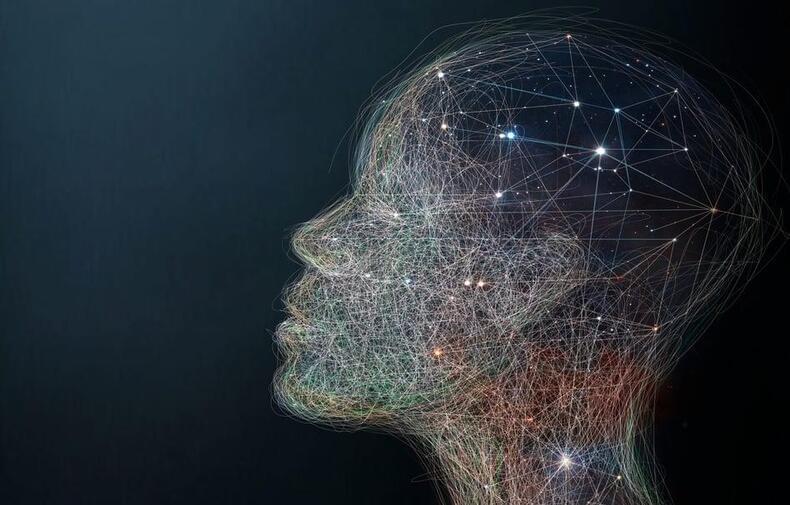
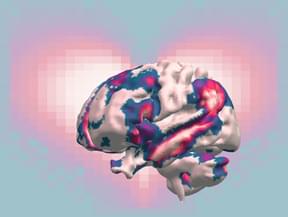
Researchers have taken looking for love to a whole new level, revealing that different types of love light up different parts of the brain. We use the word ‘love’ in a bewildering range of contexts – from sexual adoration to parental love or the love of nature. Now, more comprehensive imaging of the brain may shed light on why we use the same word for such a diverse collection of human experiences.
‘You see your newborn child for the first time. The baby is soft, healthy and hearty – your life’s greatest wonder. You feel love for the little one.’
The above statement was one of many simple scenarios presented to fifty-five parents, self-described as being in a loving relationship. Researchers from Aalto University utilised functional magnetic resonance imaging (fMRI) to measure brain activity while subjects mulled brief stories related to six different types of love.


Question Can microplastics reach the olfactory bulb in the human brain?
Findings This case series analyzed the olfactory bulbs of 15 deceased individuals via micro-Fourier transform infrared spectroscopy and detected the presence of microplastics in the olfactory bulbs of 8 individuals. The predominant shapes were particles and fibers, with polypropylene being the most common polymer.
Meaning The presence of microplastics in the human olfactory bulb suggests the olfactory pathway as a potential entry route for microplastics into the brain, highlighting the need for further research on their neurotoxic effects and implications for human health.
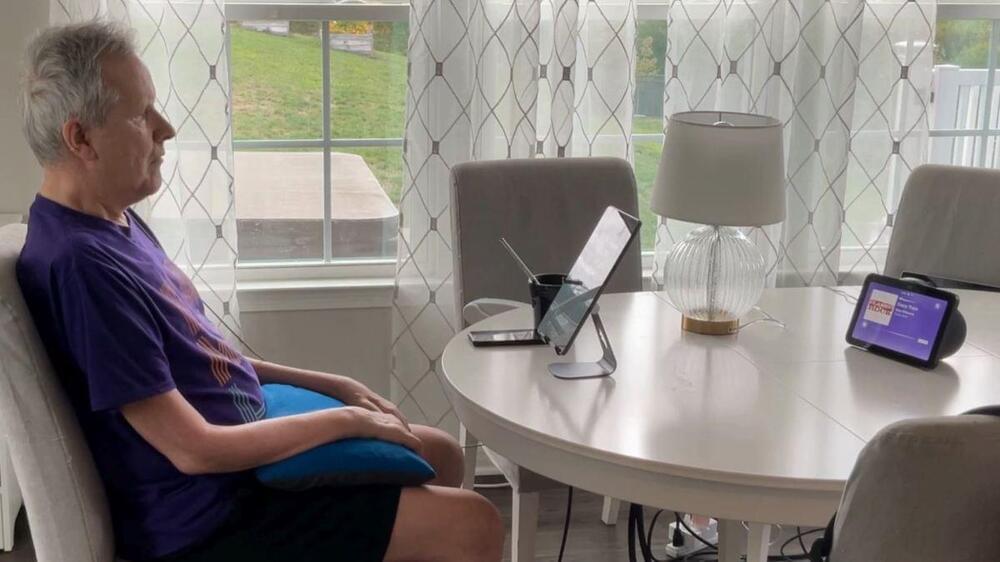
“To be able to manage important aspects of my environment and control access to entertainment gives me back the independence that I’m losing,” Mark said.
The chip sits on a blood vessel and senses his brain activity, which is then translated into specific commands and sent to his digital devices for recognition. In a video shared by Synchron, Mark is seen mentally tapping on icons on his devices, ordering Alexa to turn the lights on and off, and checking his security camera to see who is outside — all without using his hands or voice.
“Synchron’s BCI is bridging the gap between neurotechnology and consumer tech, making it possible for people with paralysis to regain control of their environment,” Thomas Oxley, the company’s chief executive, said. “While many smart home systems rely on voice or touch, we are sending control signals directly from the brain, bypassing the need for these inputs. We’re thrilled … to address a critical unmet need for millions of people with mobility and voice impairment.”
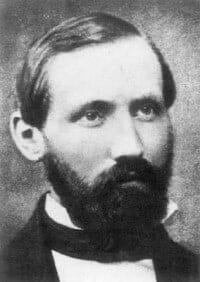
Mathematician Bernhard Riemann was born #OTD in 1826.
Bernhard Riemann was another mathematical giant hailing from northern Germany. Poor, shy, sickly and devoutly religious, the young Riemann constantly amazed his teachers and exhibited exceptional mathematical skills (such as fantastic mental calculation abilities) from an early age, but suffered from timidity and a fear of speaking in public. He was, however, given free rein of the school library by an astute teacher, where he devoured mathematical texts by Legendre and others, and gradually groomed himself into an excellent mathematician. He also continued to study the Bible intensively, and at one point even tried to prove mathematically the correctness of the Book of Genesis.
Although he started studying philology and theology in order to become a priest and help with his family’s finances, Riemann’s father eventually managed to gather enough money to send him to study mathematics at the renowned University of Göttingen in 1846, where he first met, and attended the lectures of, Carl Friedrich Gauss. Indeed, he was one of the very few who benefited from the support and patronage of Gauss, and he gradually worked his way up the University’s hierarchy to become a professor and, eventually, head of the mathematics department at Göttingen.
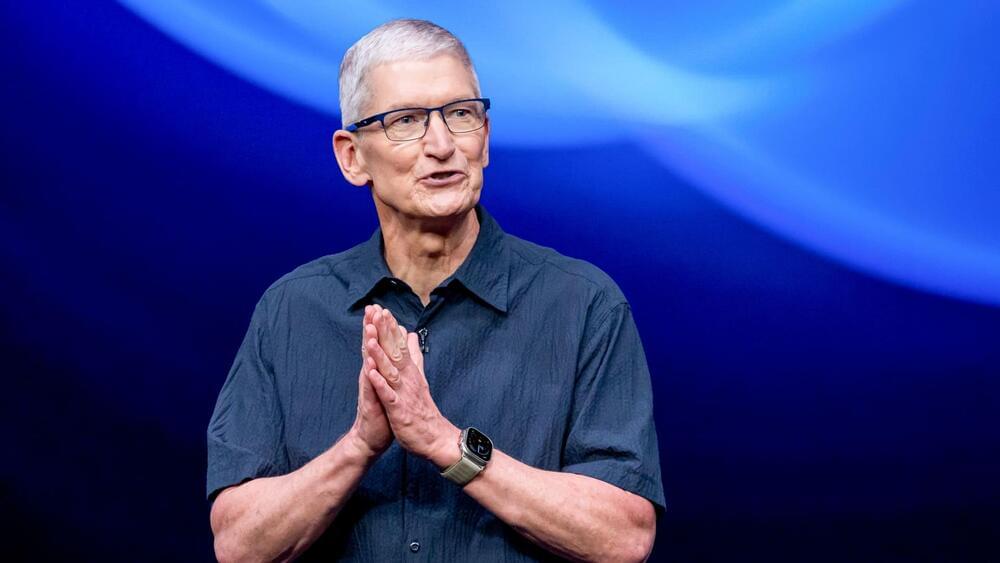

One of the brain’s most celebrated qualities is its adaptability. Changes to neural circuits, whose connections are continually adjusted as we experience and interact with the world, are key to how we learn. But to keep knowledge and memories intact, some parts of the circuitry must be resistant to this constant change.
“Brains have figured out how to navigate this landscape of balancing between stability and flexibility, so that you can have new learning and you can have lifelong memory,” says neuroscientist Mark Harnett, an investigator at MIT’s McGovern Institute for Brain Research.
In research published in Cell Reports, Harnett and his team show how individual neurons can contribute to both parts of this vital duality. By studying the synapses through which pyramidal neurons in the brain’s sensory cortex communicate, they have learned how the cells preserve their understanding of some of the world’s most fundamental features, while also maintaining the flexibility they need to adapt to a changing world.
Developing large-scale neural network models that mimic the brain’s activity is a major goal in the field of computational neuroscience. Existing models that accurately reproduce aspects of brain activity are notoriously complex, and fine-tuning model parameters often requires significant time, intuition, and expertise.
New published research from an interdisciplinary group of researchers primarily based at Carnegie Mellon University and the University of Pittsburgh presents a novel solution to mitigate some of these challenges. The machine learning-driven framework, Spiking Network Optimization using Population Statistics (SNOPS), can quickly and accurately customize models that reproduce activity to mimic what’s observed in the brain.
The work is published in the journal Nature Computational Science.